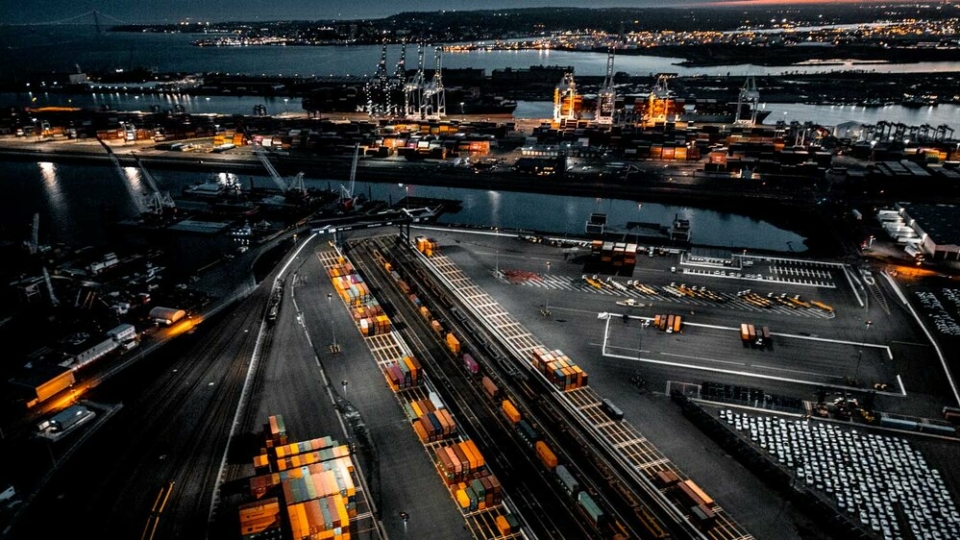Story by
Damith Chandrasekara
Tags /
- AI
- Business
- Data

2020 delivered one heck of a wake-up call.
Now, freight industry businesses, just like yours, are re-evaluating systems and processes in light of business growth and disruption—with the goal of balancing efficiency with critical resilience.
The good news: Artificial intelligence is making the work of building efficient, resilient businesses easier than ever.
Interested in a quick primer on how it works?
Whether you’re optimizing routes or automating warehouses, developing autonomous trucks or expediting smart claims, the magic of AI is essentially the same.
AI platforms are built on vast quantities of data. At first, by feeding AI “learning engines” historical data, they identify patterns and build automated decision-making models for new data coming in. Now, you have smart automation. Of course, the system then rinses and repeats, getting smarter and faster over time. The more data entered, the more likely the system builds predictive responses to edge cases—those outliers that can otherwise bring everything tumbling down.
All the while, experts review the AI’s automated decisions, or recommendations, and tweak as needed—nudging the learning engines to come to well-informed conclusions in similar situations. Now, the system is not only smarter but also a little, shall we say, wiser.
So, what value does this create for us in the supply chain?
Some examples include:
- Directing drivers to take safer and more efficient routes based on highly granular weather, traffic, and road conditions—reducing expensive edge failures
- Immediately approving cargo loss claims resulting from freak weather patterns—speeding financial recovery
- Predicting highly segmented consumer demand—proactively scaling inventory and warehousing needs
With systems like this in place, systems that are increasingly taking on labor-intensive decisions and actions, we humans are freed up to apply our experience and intuition to other facets of our businesses—building up the increasingly critical differentiator of human-centric experiences and continuing to drive growth.
As you can probably tell, I’m excited about what’s coming next—and, naturally, I’d love to hear your thoughts. Feel free to connect with me on LinkedIn.